UTSW researchers identify new pathway that controls fat formation: Newsroom - UT Southwestern, Dallas, TX
https://www.utsouthwestern.edu/newsroom/articles/year-2019/pathway-fat-formation.html
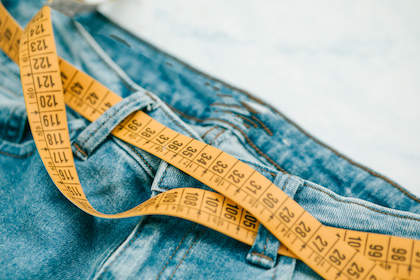
Loss of a family of microRNAs results in a dramatic increase in fat formation.
Could ‘gut reactions’ make us fat?: Newsroom - UT Southwestern, Dallas, Texas
https://www.utsouthwestern.edu/newsroom/articles/year-2017/fall-lecture-series-gut-reactions.html
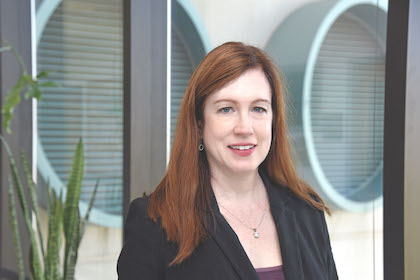
Could the gut’s bacteria – known to affect sickness and health – also make us fat? Dr. Lora Hooper, Chair of Immunology, addressed this question at the fall President’s Lecture Series presentation.
The dangers of hidden fat: Exercise is your best defense against deep abdominal fat: Newsroom, UT Southwestern, Dallas, Texas
https://www.utsouthwestern.edu/newsroom/articles/year-2019/abdominal-fat.html
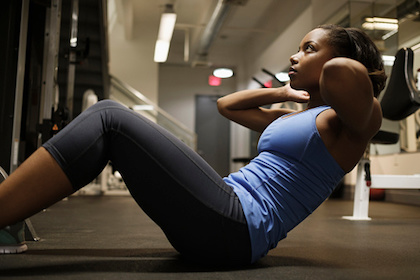
Researchers analyzed two types of interventions – lifestyle modification (exercise) and pharmacological (medicine) – to learn how best to defeat fat lying deep in the belly
Shape-shifting fat cells fuel breast cancer growth: Newsroom - UT Southwestern, Dallas, Texas
https://www.utsouthwestern.edu/newsroom/articles/year-2022/september-shape-shifting-fat-cells.html
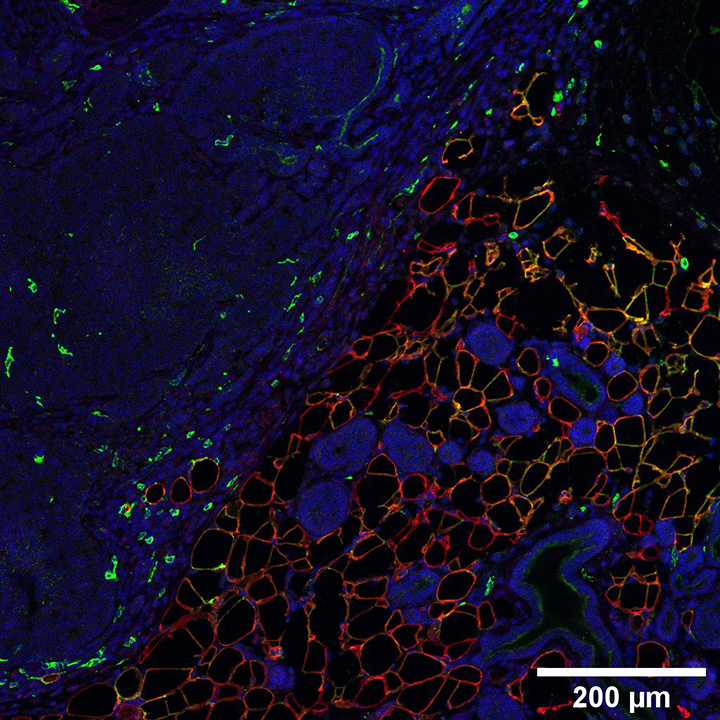
Fat cells, or adipocytes, that grow in close proximity to breast cancers can shift into other cell types that promote tumor growth, a new study by UT Southwestern researchers suggests.
How visceral fat leads to excess glucose production: February 2017 Research Highlights - UT Southwestern, Dallas, Texas
https://www.utsouthwestern.edu/newsroom/articles/year-2017/visceral-fat.html
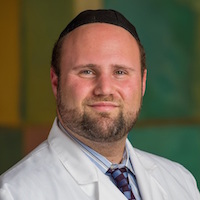
Researchers at UT Southwestern Medical Center have demonstrated a pathway by which abdominal fat, in particular fat surrounding the internal organs, may lead to type 2 diabetes.
Giving brown fat a boost to fight Type 2 diabetes: Newsroom - UT Southwestern, Dallas, Texas
https://www.utsouthwestern.edu/newsroom/articles/year-2021/brown-fat-a-boost-to-fight-type-2-diabetes.html
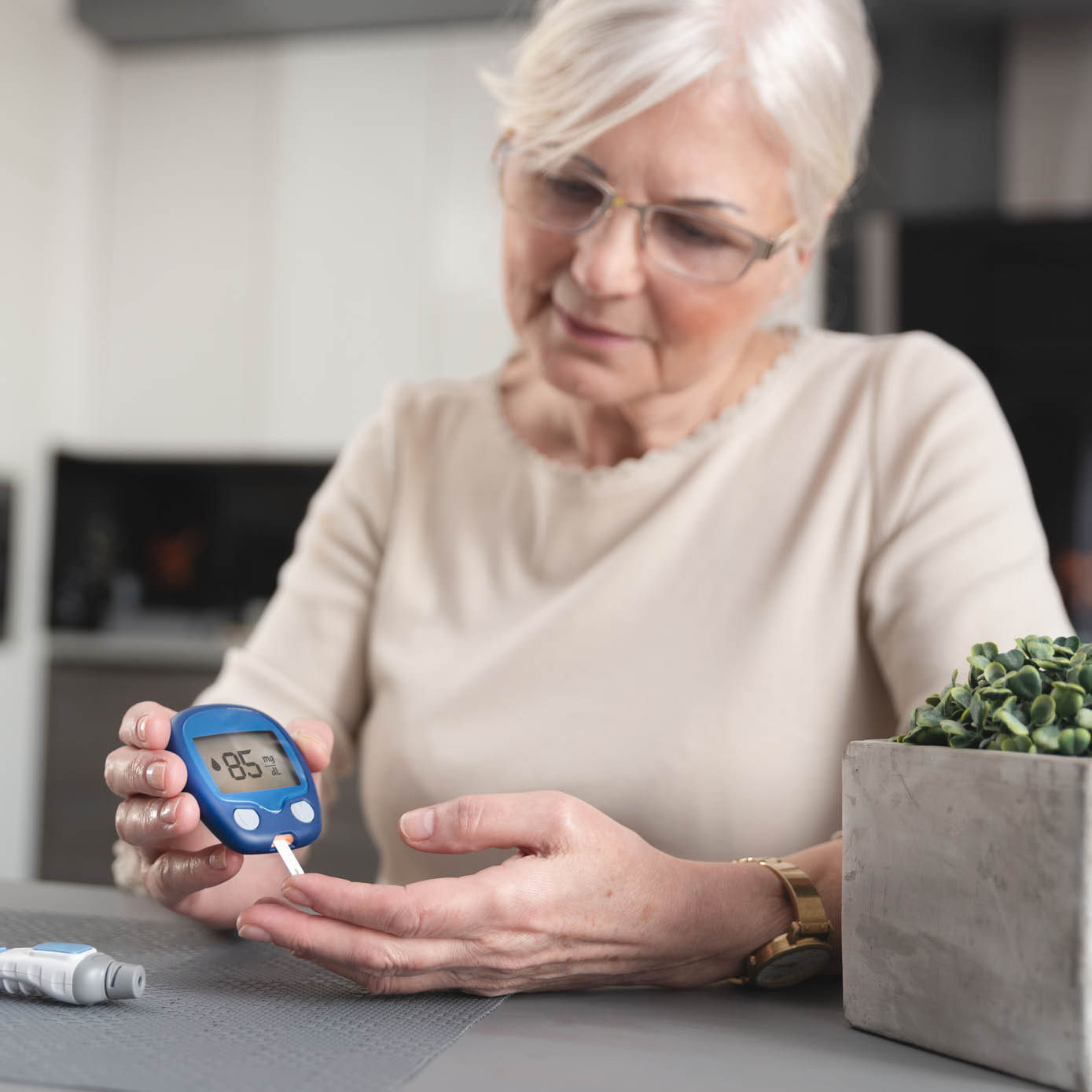
Increasing a protein concentrated in brown fat appears to lower blood sugar, promote insulin sensitivity, and protect against fatty liver disease by remodeling white fat to a healthier state.
UT Southwestern diabetes researchers show gene editing can turn storage fat cells into energy-burning fat cells: Newsroom - UT Southwestern, Dallas, Texas
https://www.utsouthwestern.edu/newsroom/articles/year-2021/energy-burning-fat-cells.html
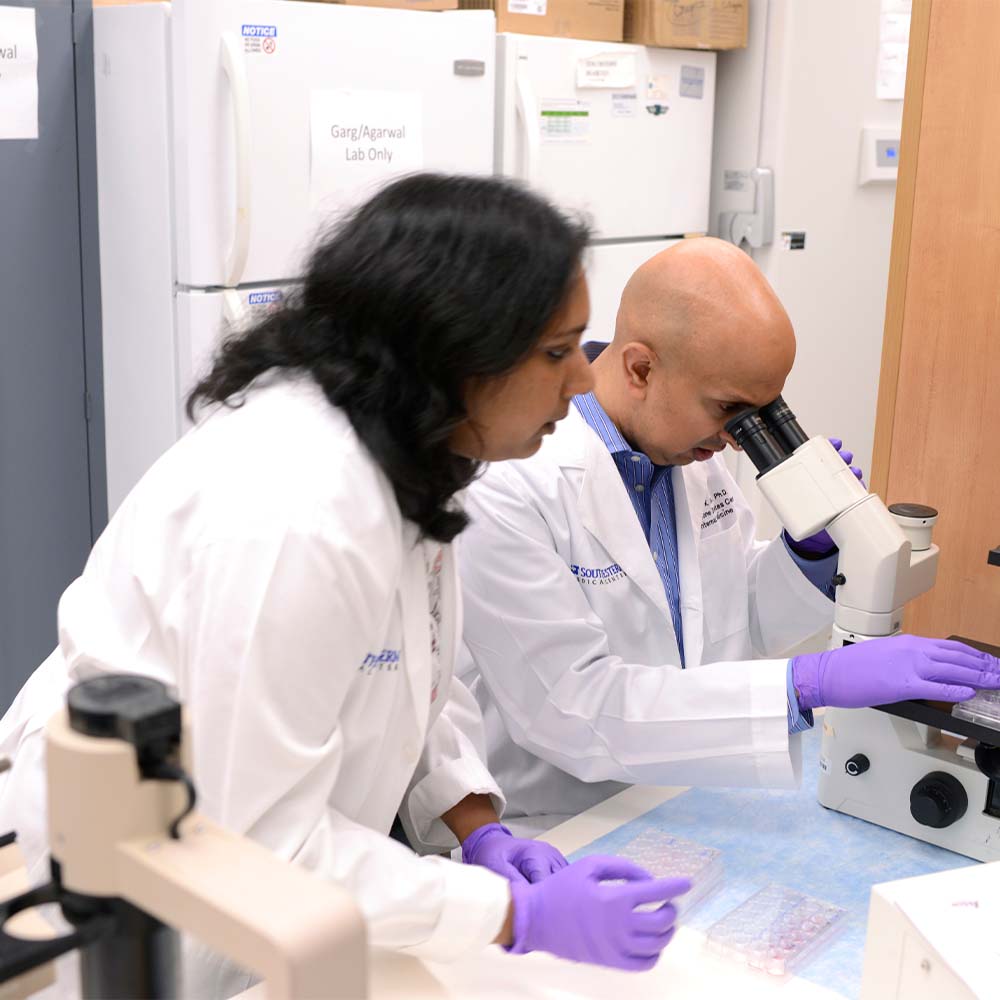
A team of researchers at UT Southwestern Medical Center’s Touchstone Diabetes Center have successfully used CRISPR gene editing to turn fat cells normally used for storage into energy-burning cells.
The link between fat tissue and disease: Newsroom - UT Southwestern, Dallas, Texas
https://www.utsouthwestern.edu/newsroom/articles/year-2017/fat-tissue-disease.html
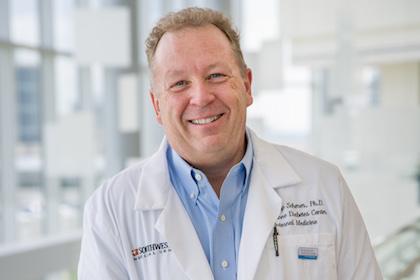
Learn more about the link between fat tissue and disease at the Feb. 1 President’s Lecture
Common weight-loss drug successfully targets fat that can endanger heart health: Newsroom - UT Southwestern, Dallas, Texas
https://www.utsouthwestern.edu/newsroom/articles/year-2021/obesity-drug.html
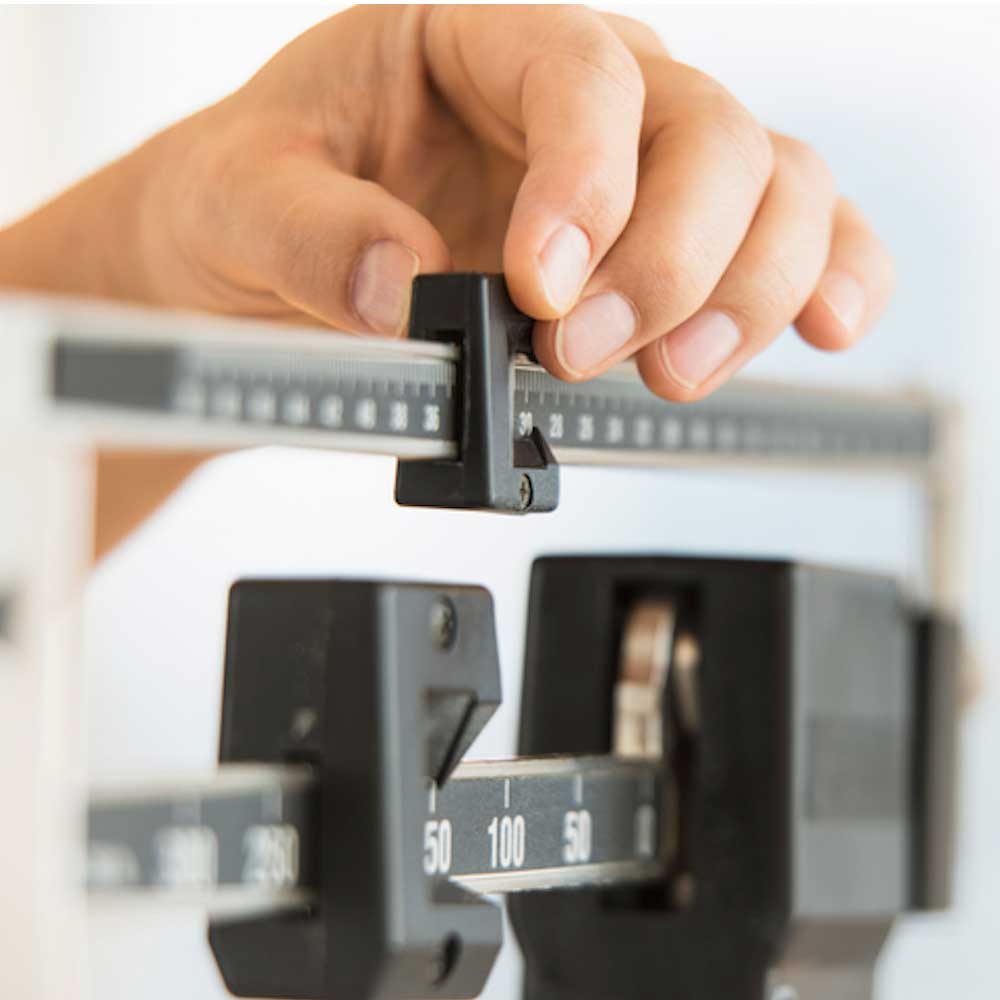
Common weight-loss drug successfully targets fat that can endanger heart health: Newsroom - UT Southwestern, Dallas, Texas Common weight-loss drug successfully targets fat that can endanger heart health Published on: August 04, 2021 Tweet this Highlight @UTSWheart researchers find #liraglutide successfully
Fat cells that amplify nerve signals in response to cold also affect blood sugar metabolism: September 2016 News Releases - UT Southwestern, Dallas, TX
https://www.utsouthwestern.edu/newsroom/articles/year-2016/beige-fat-scherer.html
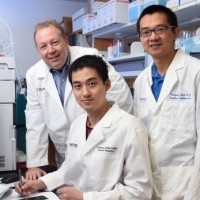
But since white fat cells have very few nerves, how do beige fat cells get the message that it’s cold outside?
